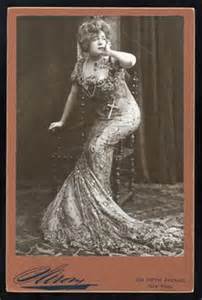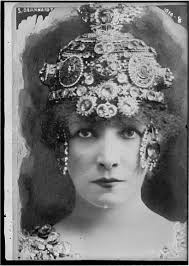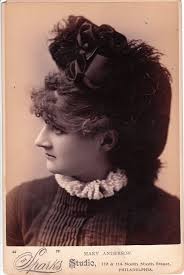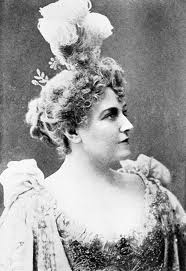Many elementary schools across the country are now studying the California Gold Rush. This short, continuing story is intended to aid teachers in their efforts to share with their classes the significance of this historical events. Teacher who use the story in this week’s lessons can register to win a copy of the book Frontier Teachers.
And now…Part one of Eureka! The Discovery of Gold in California.
The early morning sun gleamed like a bright golden coin above the California foothills. It was January 24, 1848. In all the green wilderness world there was no sign of life except a wisp of smoke from a breakfast fire, and the figure of a man walking beside a ditch that led from a nearly finished sawmill to a river. Suddenly he stopped and stared intently down. James Marshall was a surly man, without friends, and he was a long way from his old home in New Jersey. The other men at Sutter’s Fort thought him a little peculiar, and stupid. But he was the only millwright in all the California country, and he knew that he was a good mechanic.
He looked up at the mill he was building for John Sutter, the German-Swiss owner of this big landed estate, and he felt satisfied. The mill was coming along well, the dam was finished, and the tail race, or ditch, to let water back into the American River, was dug out. Each night Marshall opened the gate to allow the water to wash as much gravel and sand down the tail race as possible. Then in the early morning he went there to see how it looked. It would not be long before his mill, the first in the new territory, would be sawing lumber to ship down the Sacramento River to the village of San Francisco.
James Marshall glanced down again. Something had caught his eye. What was it? He leaned forward. Something glittered a little in the gravel against a stone.
“What’s that?” he muttered to himself. He sat on one heel, and picked up the little glittering lump that felt strangely heavy. “Gold! Could it be gold?”
The small piece looked more like brass. It was no larger than a tiny dried pea. He rubbed it. It still looked golden.






